December 21, 2013
I joined the Tennessee Wild organization for some Sandhill Crane viewing at the Hiwassee Wildlife Refuge this morning. With rain most of the way up Highway 27, I was not confident in having much opportunity for observation at the refuge.
When I arrived at the viewing platform and greeted the rest of the group, the crowd of people was smaller than expected. The flock of cranes also seemed smaller than in past years. There were a few thousand, but not the tens of thousands I expected.
Fog shrouded the landscape and enfolded us. It cut visibility of distant parts of the refuge. Close up, we saw cranes on both the near and far side of a small bay. As always seems to be the case with fog, the sounds enveloped us as well. The rattling call of cranes, which I have elsewhere compared to doves on steroids, greeted our ears as flock upon flock flew across our field of vision. Many circled and landed as we watched. An immature Bald Eagle flew over as well.
We saw one endangered Whooping Crane, cloud white against the gray of the Sandhill Cranes, and representing a species back from the edge of an abyss called extinction. There were once fewer than 100 Whooping Cranes left in the world and they now number nearly 600. This is still a small enough population to be vulnerable.
I thought of how I once saw an even rarer species in the days when I lived on Cape Cod. I boarded a whale watch boat in hopes of viewing the antics of Humpback Whales. That hope was not realized, but I was lucky to see an even rarer sight, three Northern Right Whales. A pair of adults swam side by side, as a calf acrobatically rose out of the water and sank back down. The calf energetically waved its tail flukes and flippers.
Human prejudice would label this a family group, but whales are not human, despite their phenomenal intellect. The trio certainly included a mother and calf, but the third was not likely the calf’s father. As the ship’s naturalist explained to us, a mother Right Whale always has another adult accompanying her and the calf. This third whale is known as the escort, and may be either gender. No one is exactly sure of the escort’s purpose, but they are always there.
With only three hundred Northern Right Whales remaining, the three I saw comprised one percent of the world wide population. They became rare because they were easily followed by whaling ships and floated when dead. This made them easily retrieved. Their name comes from the days of Whaling. They were “the right whale to kill.”
Overhunting may have contributed to the demise of the Whooping Crane as well. Despite their rarity and protected status, Whooping Cranes were shot in Georgia and Texas last year.
The Sandhill Cranes we witnessed this day were once considered a rarity as well. Storyteller Jim Pfitzer recited portions of the essay “Marshland Elegy” from Aldo Leopold’s book, A Sand County Almanac for our group. This essay comprises a major portion of his one man show, Aldo Leopold: A Standard of Change.
Sandhill Cranes were rare enough in Leopold’s day that he was certain they would soon be extinct. The essay was his farewell to the cranes. Only careful management brought them back to the large and growing population that graces our wetlands and skies today. I hope we can see such success with the Whooping Crane and the Northern Right Whale.
I also noticed a phoebe perched on a wire at the viewing platform. Though birds in the flycatcher group are difficult to distinguish one from another, Phoebes have a characteristic tail wagging that makes them easier to identify. In his delightful book, The Forest Unseen, David Haskell of the University of the South describes the Phoebe’s hoarse call as a “whiskey and cigarette voice.”
When I returned to Chattanooga via route 27, it was nearly 1:00. I had planned more bird watching for the day, but needed a break. I took route 153 south to Hixson and stopped at Books-A-Million to pick up the Writers Almanac: 2014 and a copy of the New York Times, a paper I like to read once or twice a year. My lunch had been two apples, so I grabbed a cup of Joe Mugs coffee and an oatmeal/raison cookie as I recorded the morning’s events in my journal.
I left Hixson by crossing the Chickamauga Dam, and turned left onto Amnicola Highway. At the Tennessee River below the dam, the fog was heavier than at the refuge in Meigs County. Any birds present were obscured by the fog.
I moved on to a side road where nests of Great Blue Herons adorn a large tree beside the banks of a stream. Two weeks ago, none of the gangly birds perched in the tree, but today they were actively investigating the nests. Two launched off and circled behind me. They returned to the tree and spooked two others as they landed. I have, in past years, seen a heron come in to relieve another who sat on the nest. Incubation calls for continuous warmth from an adult bird’s body, so they must take turns in order to hunt and feed themselves. I have also watched an adult bird gently turn an egg, so that it was warm on all sides. These activities will take place later in the year.
At Amnicola Marsh, the fog obscured the center of the pond. A few Mallards swam in the shallows near the shore. They lifted off to land just beyond the vegetation and then glide out of sight in the mist. I didn’t wee the Canada Geese until I walked around to the other side of the pond. Coots and more Mallards also came into view.
The Snow Goose I saw on recent visits was not visible. It either hid from me in the fog or had moved on to other grazing. None of the Northern Shovelers, Green-winged Teal, or Hooded Mergansers greeted my view either.
As I prepared to return home, I noticed a large winter flock of American Robins. They have abandoned their solitary lives of summer nests in favor of gregarious winter behavior. The seasonal changes in their behavior are recounted in A Field Guide to Bird Behavior: Volume I by Donald and Lilian Stokes.
With Fog obscuring more of the landscape, I passed on additional stops and returned home to make a hot dinner and another cup of coffee. Although the visibility had been disappointing, I was happy with the opportunity for time in the field observing the birds.
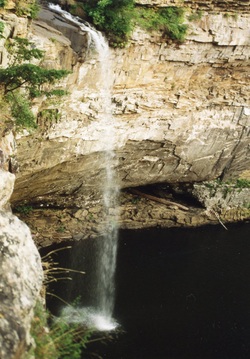
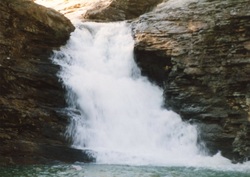
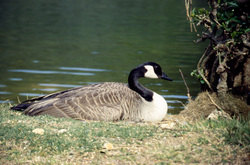
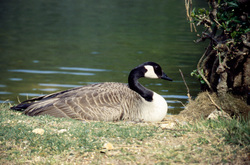
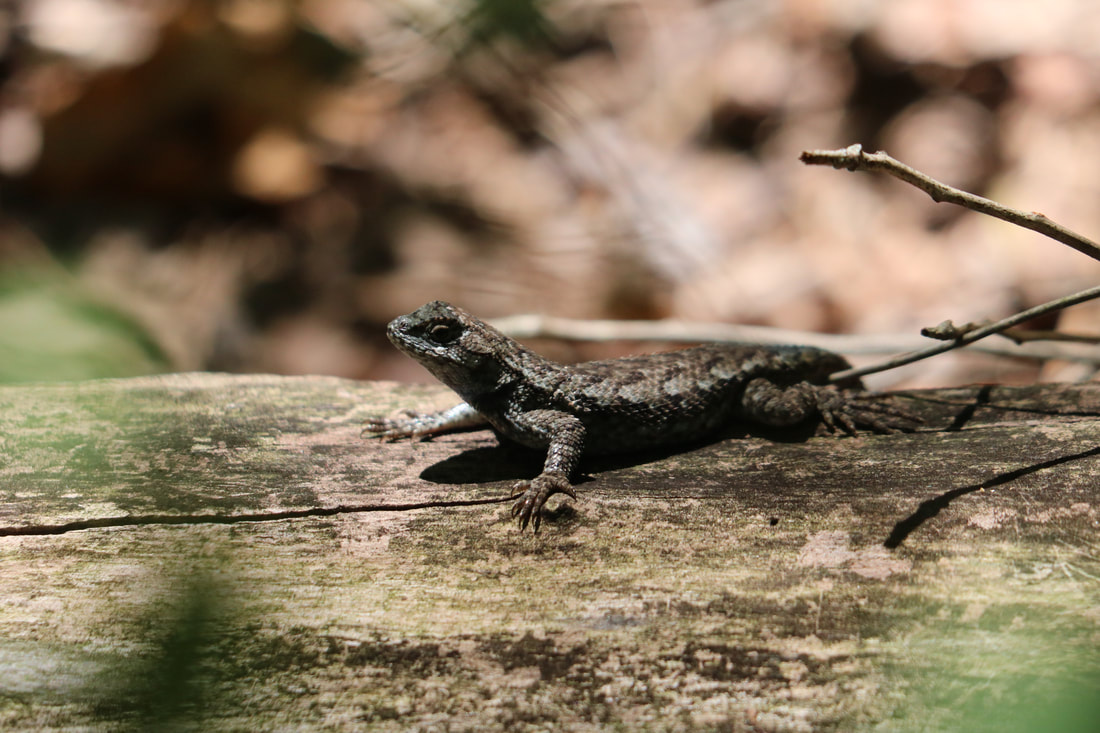
 RSS Feed
RSS Feed